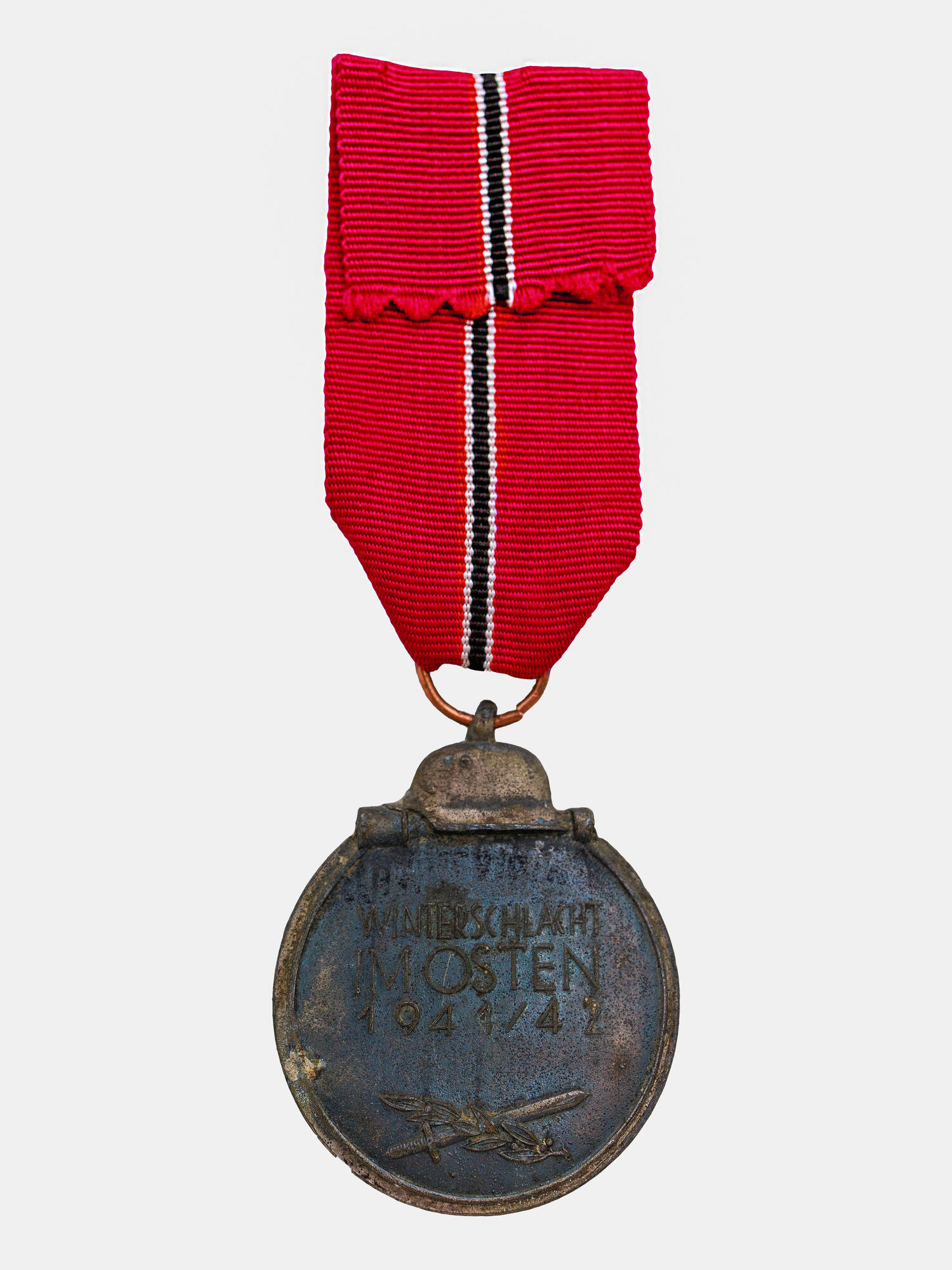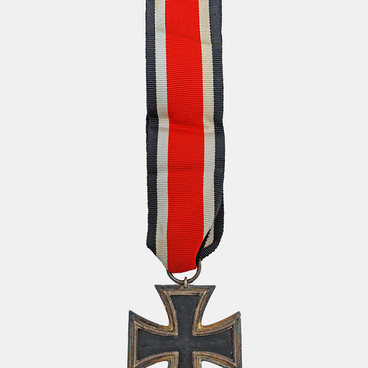The German medal “For the Winter Battle in the East” was established in May 1942. It was awarded to servicemen who fought on the Eastern Front from mid-November 1941 to April 1942.
Criteria for awarding were as follows:
— for ground forces — two weeks of participation in active combat operations;
— for Luftwaffe pilots — 30 sorties;
— two months of service on the front line, even if the soldier did not participate in the battles during that time;
— in addition to the medal, those who suffered wounds or frostbite were also awarded the badge “For Injury”;
— the medal was also awarded posthumously — in the event of the death of a serviceman, it was sent to the relatives of the deceased.
In addition to German soldiers, the Italians, Romanians, and volunteers who were allies of Germany and fought on the Eastern Front could also receive the medal. The medal was also presented to members of auxiliary services and organizations: the Todt Military Engineering Organization, the Imperial Labor Service, the Technical Assistance Service, the German Red Cross, Customs and Border Protection, the Waterways Police, the Waterways Protection Service, and the Railway Protection Service. In total, about three million medals were issued.
The medal “For the Winter Battle in the East” was designed by an officer who served in a propaganda company, Ernst Krause. The medal was made of zinc with subsequent silvering.
The reverse features the inscription,



